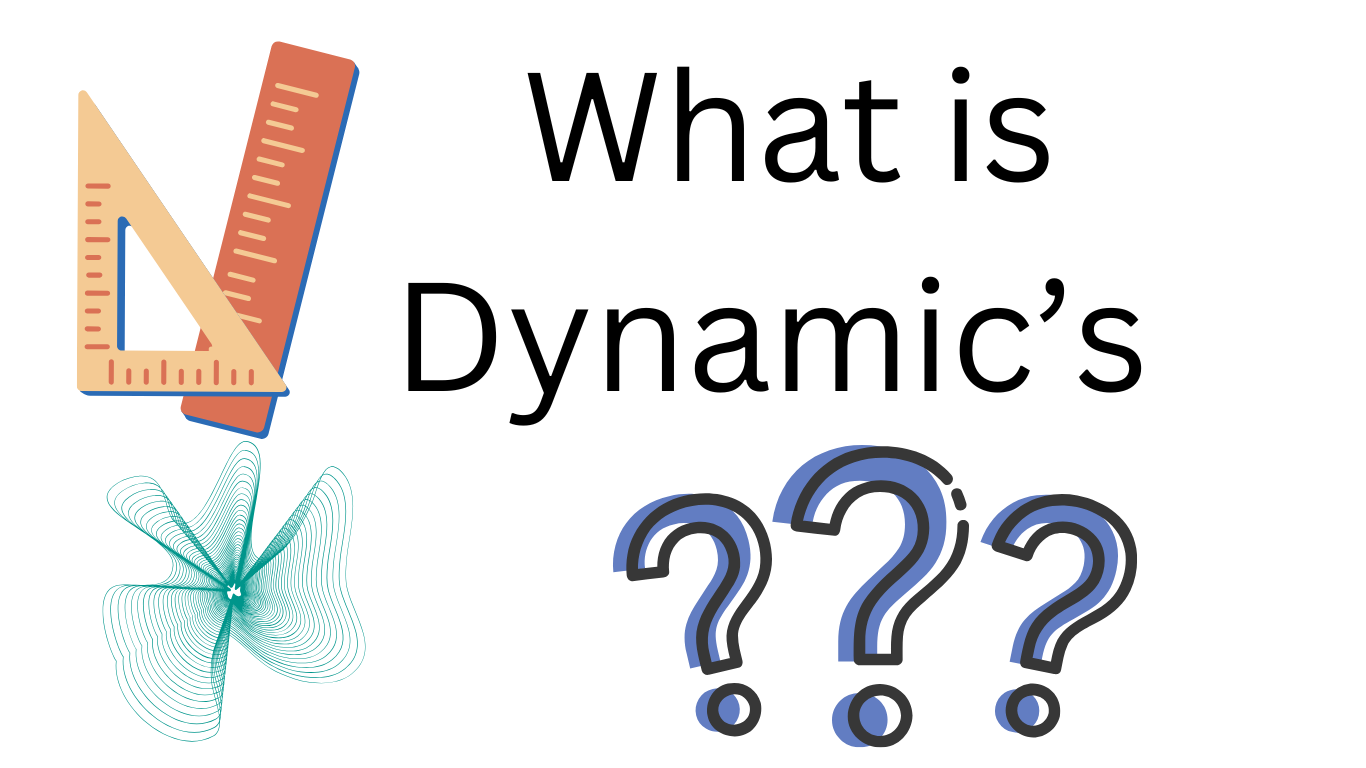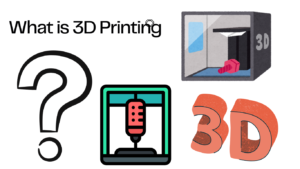Dynamics:
Introduction
Dynamics is a branch of mechanics that deals with the motion of bodies under the influence of forces. It is fundamental to engineering, physics, and various applied sciences. Dynamics is typically divided into two major subfields:
- Kinematics – The study of motion without considering forces.
- Kinetics – The study of motion considering forces.
This document explores various aspects of dynamics in detail, covering fundamental concepts, equations, and applications.
1. Basic Concepts in Dynamics
- Motion: The change in position of an object over time.
- Displacement: The shortest path between the initial and final positions of an object.
- Velocity: The rate of change of displacement with time.
- Acceleration: The rate of change of velocity with time.
- Force: A push or pull acting on an object that can cause a change in motion.
- Newton’s Laws of Motion: Three fundamental laws governing motion.
2. Kinematics of Particles
- Rectilinear Motion: Motion along a straight line.
- Curvilinear Motion: Motion along a curved path.
- Equations of Motion:
- v = u + at
- s = ut + (1/2)at^2
- v^2 = u^2 + 2as
- Projectile Motion: Motion under gravity with an initial velocity.
- Relative Motion: The motion of an object as observed from another moving object.
3. Kinetics of Particles
- Newton’s Second Law (F = ma): Describes the relationship between force, mass, and acceleration.
- Work and Energy Principles:
- Work Done = Force * Displacement * cos(θ)
- Kinetic Energy (KE) = (1/2)mv^2
- Potential Energy (PE) = mgh
- Work-Energy Theorem: Work done by all forces = Change in KE
- Impulse and Momentum:
- Impulse = Force * Time
- Momentum = Mass * Velocity
- Impulse-Momentum Theorem: Impulse = Change in Momentum
- Conservation of Momentum: In the absence of external forces, total momentum remains constant.
4. Kinematics of Rigid Bodies
- Rotational Motion:
- Angular Displacement (θ)
- Angular Velocity (ω)
- Angular Acceleration (α)
- Equations of Rotational Motion (analogous to linear motion equations)
- Instantaneous Center of Rotation: The point in a rotating body that remains momentarily fixed.
- Relative Velocity in Rigid Bodies: Velocity analysis using vector methods.
5. Kinetics of Rigid Bodies
- Newton’s Laws for Rotational Motion:
- Torque (τ) = Moment of Inertia (I) * Angular Acceleration (α)
- Angular Momentum (L) = Iω
- Conservation of Angular Momentum: If no external torque, L remains constant.
- Work and Energy in Rotation:
- Rotational KE = (1/2)Iω^2
- Work Done = Torque * Angular Displacement
- Impulse and Momentum in Rotation:
- Angular Impulse = Torque * Time
- Angular Momentum Change = Angular Impulse
6. Dynamics of Systems of Particles
- Center of Mass: The weighted average position of a system of particles.
- Motion of the Center of Mass: The center of mass moves as if all mass were concentrated at a single point.
- Linear Momentum of a System:
- Total Momentum = Sum of Individual Momentums
- Work-Energy Principle for Systems: The total work done on a system equals the change in total energy.
7. Vibrations and Oscillations
- Simple Harmonic Motion (SHM):
- x = A cos(ωt + φ)
- v = -Aω sin(ωt + φ)
- a = -ω^2 x
- Damped Oscillations: Motion where amplitude decreases over time due to resistance.
- Forced Vibrations and Resonance: When external forces drive a system at its natural frequency, leading to large oscillations.
8. Applications of Dynamics
- Vehicle Dynamics: Studying the motion of vehicles under various conditions.
- Aerospace Engineering: Dynamics of aircraft, rockets, and satellites.
- Robotics: Motion control of robotic arms and automated systems.
- Structural Dynamics: Analyzing how buildings and bridges respond to forces such as earthquakes.
- Dynamic refers to something that is constantly changing, active, or in motion. In the context of systems or engineering, a dynamic system is one that changes over time. Its behavior is influenced by inputs, initial conditions, and internal states, and it responds to external disturbances. Unlike static systems, which remain constant, dynamic systems evolve, making them more complex and realistic in modeling real-world situations like vehicle movement, weather patterns, or industrial automation. Understanding dynamics helps in predicting how a system will react under different conditions and is essential in fields like control engineering, robotics, and physics.



